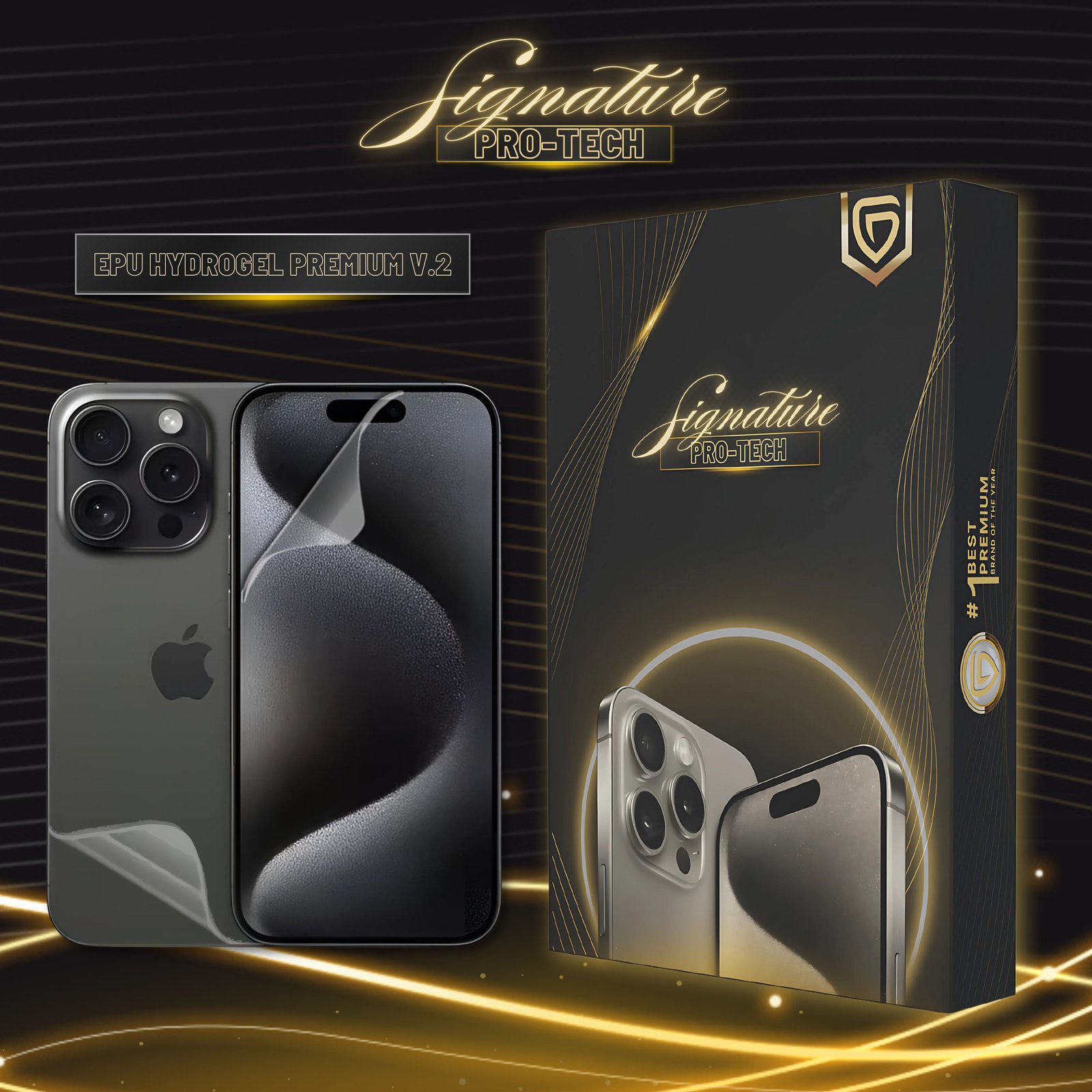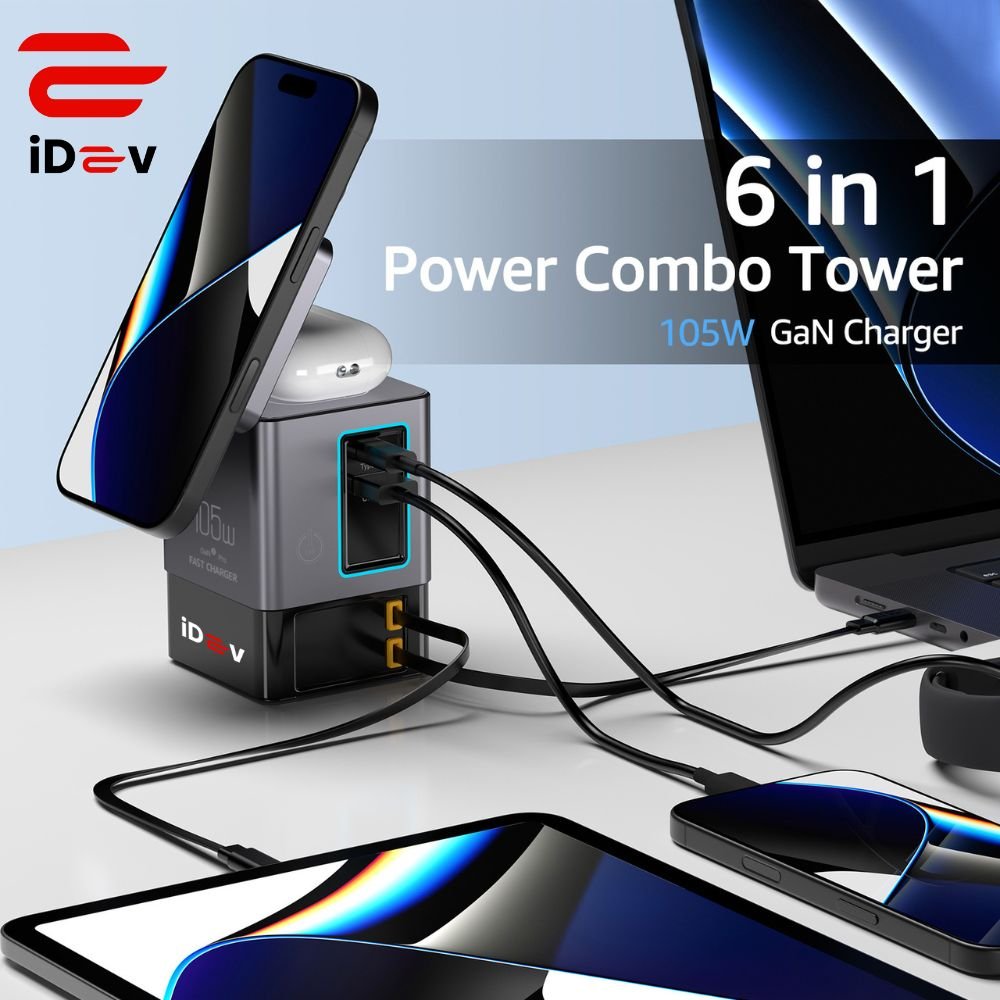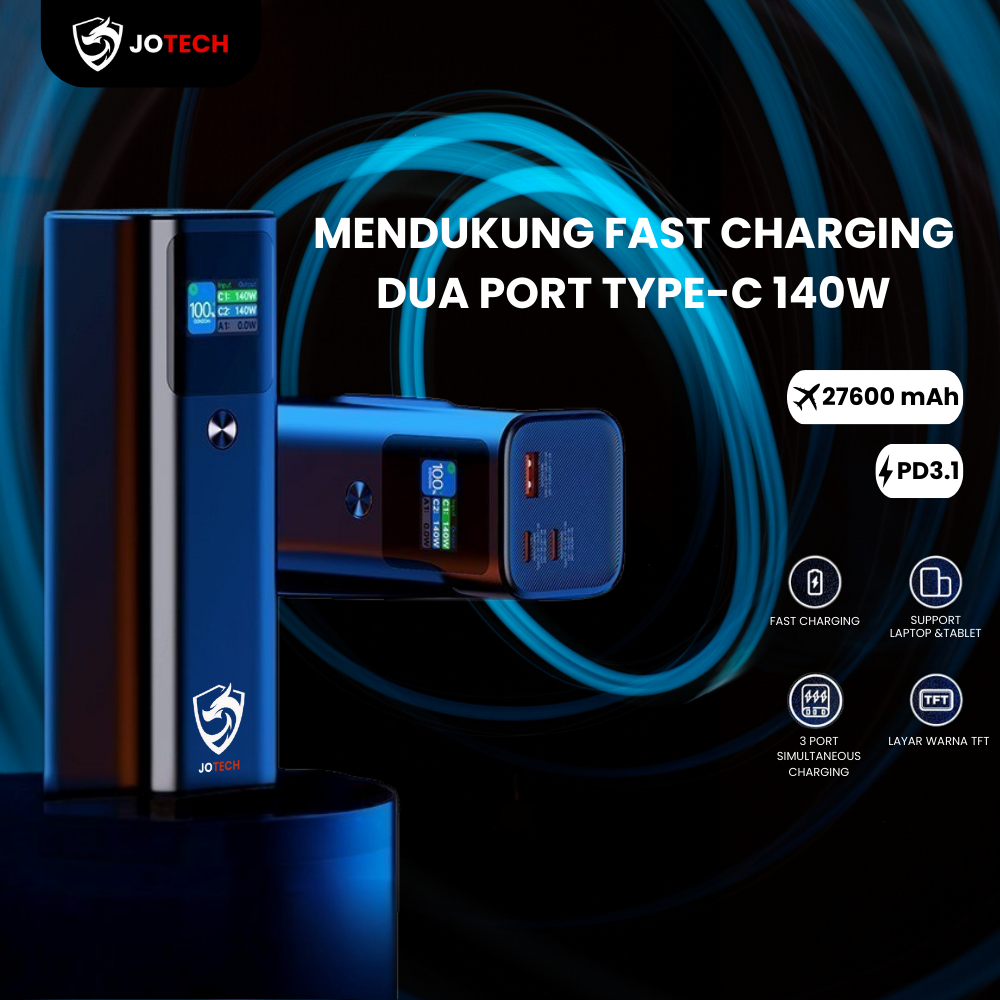
the Comparison between TPH, TPU, and EPU Hydrogel materials specifically for smartphone screen protectors
1. TPH (Thermoplastic Hybrid) Screen Protector
Characteristics:
-
A blend of plastic and rubber-like thermoplastic
-
Thin, flexible, and easy to apply
-
More scratch-resistant than TPU, but not as tough as tempered glass
Advantages:
-
Budget-friendly
-
Easy installation with minor self-healing ability
-
Flexible enough for curved screens
Disadvantages:
-
Less clear than glass protectors
-
Limited impact protection
-
Not as smooth to the touch as real glass
2. TPU (Thermoplastic Polyurethane) Screen Protector
Characteristics:
-
Highly elastic and durable material
-
Self-healing properties for minor scratches
-
Extremely flexible, suitable for edge or curved screens
Advantages:
-
Strong flexibility and scratch resistance
-
Ideal for curved or wraparound screens
-
Shatterproof and resistant to pressure
Disadvantages:
-
May appear slightly hazy and prone to yellowing over time
-
Less smooth touch surface compared to glass
-
Limited drop protection
3. EPU Hydrogel (Elastomeric Polyurethane Hydrogel) Screen Protector
Characteristics:
-
Advanced combination of soft polyurethane and hydrogel layer
-
Ultra-thin and highly responsive to touch
-
Preferred for curved and high-end smartphone screens
Advantages:
-
Extremely flexible and smooth (soft, cool touch feel)
-
Highly responsive to touch and fingerprint sensors
-
Perfect edge-to-edge fit on curved displays
-
Often features self-healing properties
Disadvantages:
-
More expensive than TPH and TPU
-
TPH is a good option for basic protection and affordability.
-
TPU is great for curved screens and durability with self-healing ability.
-
EPU Hydrogel offers the best user experience in terms of touch sensitivity, flexibility, and screen fit—ideal for premium and curved-screen smartphones.



